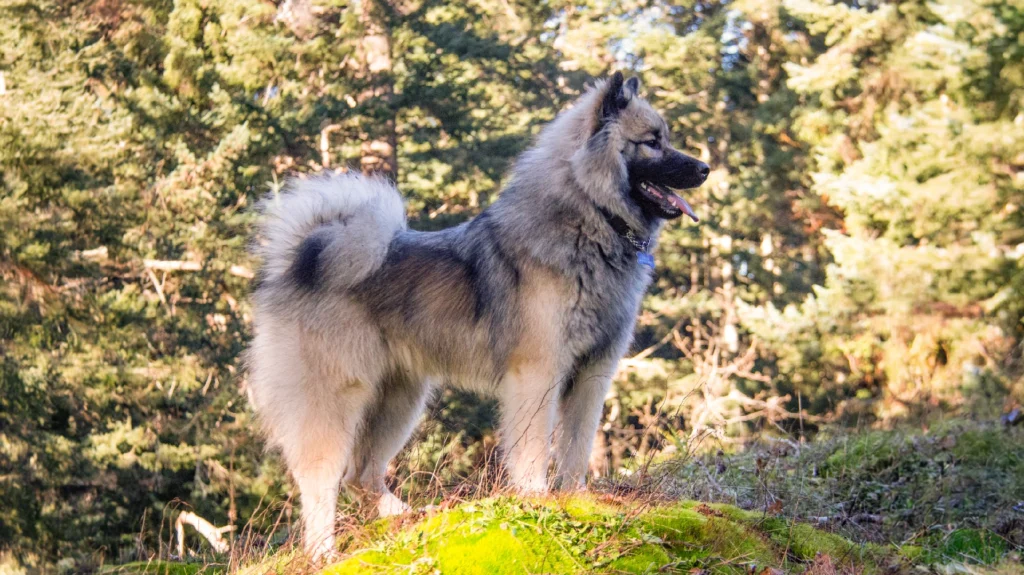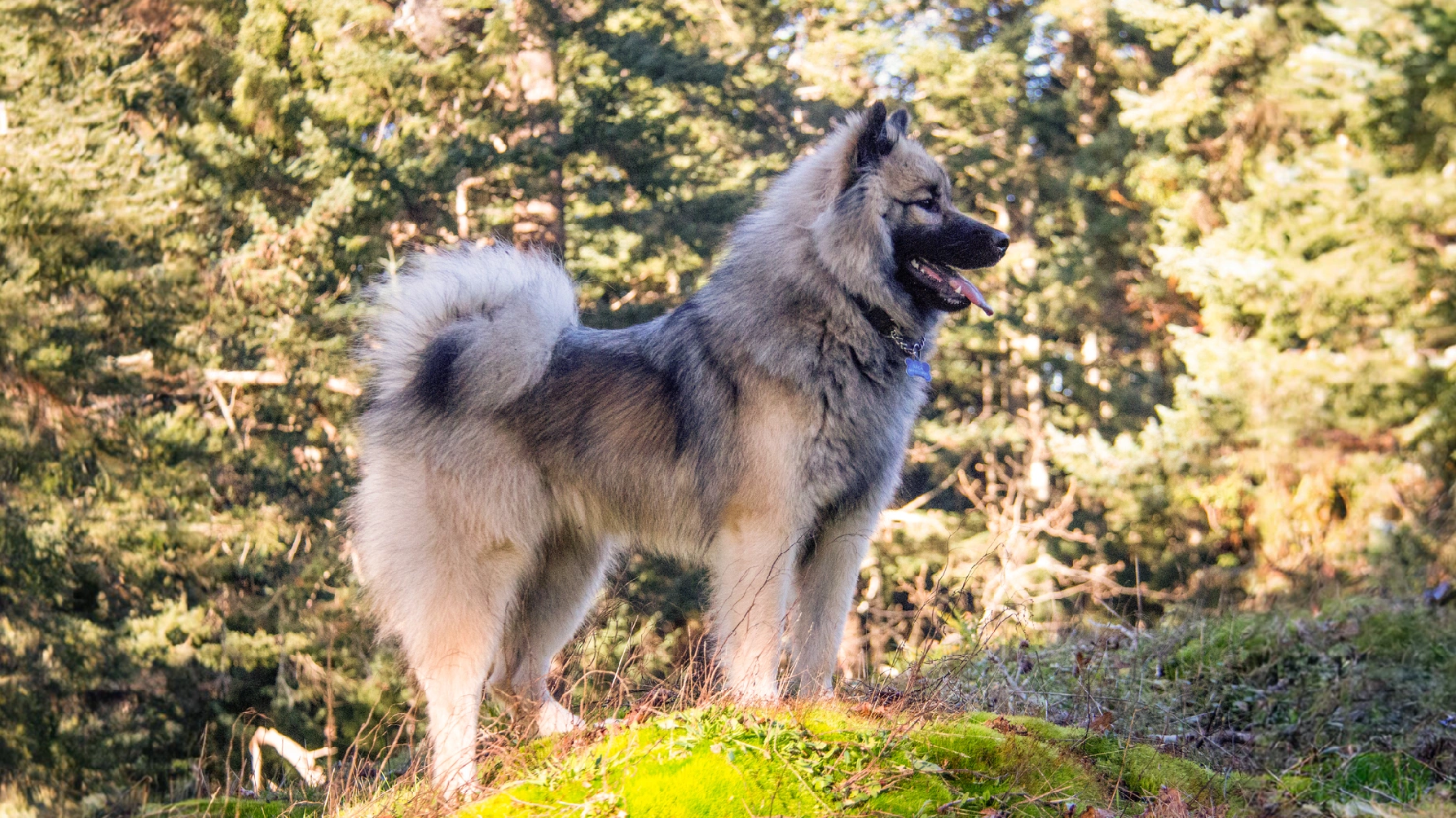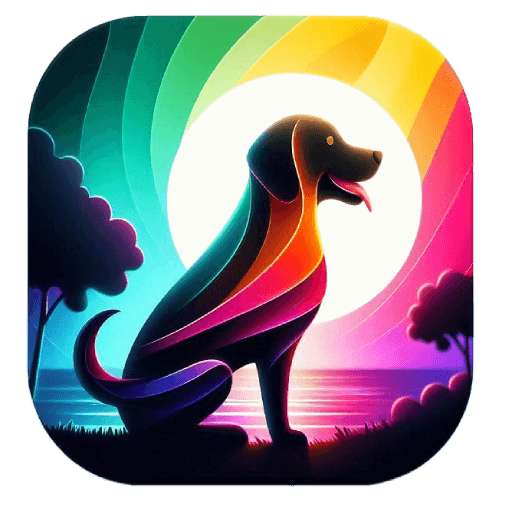Table of Contents
🐶 Eurasier Dog Breed: History, Characteristics and Care Tips
The Eurasier, a relatively modern dog breed, has quickly gained popularity among dog enthusiasts for its balanced temperament, striking appearance, and strong bond with its family. Known for being both affectionate and reserved, the Eurasier makes an excellent family pet for those who appreciate a calm and loyal companion. With its beautiful coat and unique heritage, this breed has become a favorite among those who are looking for a dog that is not only aesthetically pleasing but also dependable and easy to live with. In this article, we’ll explore everything you need to know about the Eurasier, from its history to its care requirements, helping you decide if this is the right breed for you.
🔄 Short History

The Eurasier is a relatively new breed, developed in Germany in the 1960s. The breed was the brainchild of Julius Wipfel, who aimed to create a dog that combined the best traits of the Chow Chow, the Wolfspitz (now known as the Keeshond), and later the Samoyed. Wipfel’s goal was to develop a dog that was not only beautiful and wolf-like in appearance but also had a balanced, friendly temperament suitable for a family environment.
The breeding program began by crossing a Chow Chow with a Wolfspitz, resulting in the first generation of dogs known as “Wolf-Chows.” To improve the temperament and sociability of the breed, Samoyeds were introduced into the mix, giving rise to what we now know as the Eurasier. The breed was officially recognized by the Fédération Cynologique Internationale (FCI) in 1973, solidifying its status as a distinct and recognized breed.
Today, the Eurasier is cherished for its unique combination of traits inherited from its parent breeds, making it a versatile and well-rounded companion.
📝 Quick Facts & Essential Details

| Category | Details |
|---|---|
| 🐶 Breed Name | Eurasier |
| 📚 Other Names | Eurasian, Wolf-Chow |
| 🌏 Origin | Germany |
| 🌟 Recognized By | FCI, AKC (Foundation Stock), UKC, CKC |
| 🎈 Size Variants | Medium to Large |
| ⚖ Weight Range | 40-70 lbs (18-32 kg) |
| 🍎 Height Range | 19-24 inches (48-61 cm) |
| ⏳ Lifespan | 12-16 years |
🌟 Coat & Appearance
| Category | Details |
| 🧑🏻 Coat Type | Thick, medium-length double coat |
| 💅 Coat Colors | Red, fawn, black, wolf-gray, sable |
🎮 Energy & Personality
| Category | Details |
| ⚡ Energy Level | Moderate |
| 🤾 Breed Group | Spitz |
| 🤗 Temperament | Loyal, intelligent, reserved with strangers, affectionate with family |
| 🏡 Apartment-Friendly? | Yes, if exercised daily |
| 👨👧👦 Trainability | Intelligent but independent; needs positive reinforcement |
💪 Health & Care Needs

| Category | Details |
| ⚕️ Common Health Issues | Hip dysplasia, patellar luxation, hypothyroidism |
| 💄 Grooming Needs | Moderate; brushing 2-3 times a week |
| 🍃 Shedding Level | Moderate to high |
| 🏃 Exercise Needs | Moderate daily exercise (walks, playtime) |
🛡️ Suitability & Compatibility

| Category | Details |
| 🏷 Best For | Families, active individuals, experienced owners |
| ⚠ Not Ideal For | Owners seeking a highly social or guard dog |
| 🐶 Barking Level | Low to moderate |
| 👶 Good With Kids? | Yes, if socialized early |
| 🐱 Good With Pets? | Yes, with proper introduction |
| 🌟 First-Time Owner Friendly? | Not ideal due to independence |
| ❄ Weather Tolerance | Adapts well to cold weather |
🎭 Fun & Extra Info
| Category | Details |
| 👑 Famous Dogs of This Breed | No widely known famous Eurasiers yet |
| 🤓 Intelligence Level | High |
| 🐾 Common Behavioral Issues | Reserved with strangers, stubbornness |
| 🥗 Best Diet | High-quality kibble, fresh protein, and vegetables |
| ⚡ Foods to Avoid | Chocolate, onions, grapes, bones |
| 🎮 Fun Fact | Bred to combine the best traits of Chow Chow, Keeshond, and Samoyed |
| 💸 Price of Puppy | $1,500 – $3,000 |
🐾 Eurasier VS Similar Dog Breeds



| Breeds Names | 🐾 Eurasier | 🐾 Keeshond | 🐾 Samoyed |
|---|---|---|---|
| 🌍 Origin | Germany | Netherlands | Siberia |
| 🏆 Recognized By | FCI, AKC | AKC, FCI | AKC, FCI |
| ✂️ Size Variants | Standard | Standard | Standard |
| ⚖️ Weight Range | 40-70 lbs (18-32 kg) | 35-45 lbs (16-20 kg) | 50-60 lbs (23-27 kg) |
| 📏 Height Range | 19-24 inches (48-61 cm) | 17-18 inches (43-46 cm) | 19-23.5 inches (48-60 cm) |
| ⏳ Lifespan | 12-16 years | 12-15 years | 12-14 years |
| 🧥 Coat Type | Thick, Double | Thick, Double | Thick, Double |
| 🎨 Coat Colors | Various, including fawn, red, wolf-gray | Gray, Black, Cream | White |
| ⚡ Energy Level | Moderate | Moderate | High |
| 🐕 Breed Group | Non-Sporting | Non-Sporting | Working |
| 🔊 Barking Level | Moderate | High | Moderate |
| 👶 Good With Kids? | Yes | Yes | Yes |
| 🐾 Good With Pets? | Yes, with socialization | Yes | Yes, with socialization |
| 🧠 Intelligence Level | High | High | High |
| ⚠️ Common Behavioral Issues | Separation anxiety | Barking, Separation anxiety | Stubbornness |
| 💰 Price of Puppy | $1,500 – $3,000 | $800-$1,500 | $1,000-$3,000 |
| Overall Rating | ⭐⭐⭐⭐ | ⭐⭐⭐⭐ | ⭐⭐⭐⭐ |
Conclusion
The Eurasier is a unique and charming breed that offers a perfect blend of beauty, intelligence, and loyalty. Whether you’re looking for a calm and affectionate family companion or a dog that can participate in various activities, the Eurasier is a versatile choice that can adapt to different lifestyles. However, they require regular grooming, socialization, and companionship to thrive. If you’re considering adding a Eurasier to your family, take the time to learn about their specific needs and ensure that you can provide the care and attention they deserve.
FAQs
Is the Eurasier a dangerous dog?
No, the Eurasier is not a dangerous dog. They are known for their calm and balanced temperament. While they may be reserved or wary around strangers, they are not aggressive. Proper training and socialization from a young age will help ensure that they are well-behaved and confident in various situations.
Is the Eurasier the best guard dog to protect my family?
The Eurasier is not typically considered a guard dog. They are more suited to being watchdogs due to their alertness and reserved nature around strangers. While they will likely alert you to unusual activity, they are not aggressive and are better suited to companionship roles rather than protection. For those seeking a dedicated guard dog, breeds specifically bred for protection, such as the German Shepherd or Rottweiler, may be more appropriate.


